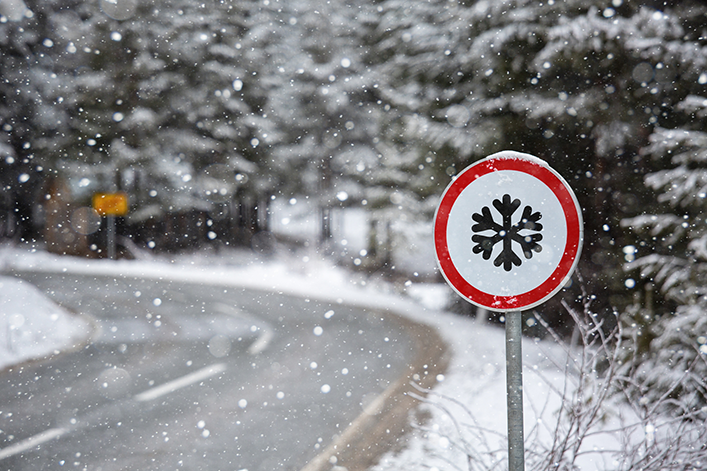Tips for Winterizing Your Bulk Fuel Tanks

With winter just around the corner, there’s no time like the present for ensuring your bulk fuel storage tanks are cold weather-ready. So when cold temperatures set in, your fuel is protected from contaminants that can cause fuel pump failure, low engine power, higher fuel consumption and engine damage.
To get you started, the following is an overview of the steps to winterize your tanks so that your vehicles and equipment will run without issue, no matter how low the temperature goes.
Inspect All Components of the Storage Tank System
If you’re unfamiliar with tank draining, welding or making tank repairs, hiring a professional to handle repairs is well worth considering.
1. Look for signs of leaking on tanks
Typical signs are dirt and grime collected at points on the tank or puddles of fuel on the ground beneath the tank. If you discover a leak, you will need to drain the tank and thoroughly clean the area that needs to be repaired.
2. Check valves for leaks
If a leak is found in the main shutoff valve, the tank must be drained before making repairs. Make sure to check the fittings and housing of the fuel/water separator filters for leaks. If the housing is cracked, the unit needs to be replaced.
3. Examine the delivery hose and delivery nozzle
Since a delivery hose is made of rubber, it can become damaged from exposure to sun and oxygen. Bulging or cracking is common. If damaged, replace the hose.
If the delivery nozzle is leaking, it’s likely from a poorly sealed fitting or a failing delivery valve. If the nozzle valves are failing, replace the nozzle.
Check that the valve works smoothly when you operate the handle. If it doesn’t or it sticks, replace the nozzle.
Not replacing could result in a valve that sticks in the open position, preventing you from shutting off fuel flow. Should this happen, the only way to shut off fuel flow is to shut off the pump or close the main valve — which typically results in one giant mess.
How to Test the Water Tank
Now that you have fully checked the physical tank, next up is testing for water in the tank.
Water can cause moisture contamination and in cold temperatures cause fuel to gel. Regularly testing fuel for water is necessary to ensure fuel quality so that vehicles and equipment are job ready. There are many products in the marketplace to test for water. For purposes here let’s look at water-detecting paste.
Since water has a greater density than fuel, water gravitates to the bottom of the tank. To test for water, simply apply paste to a rod or dipstick and dip to the bottom of the tank. With most pastes, if the paste comes in contact with water it will immediately turn color, indicating the depth of the water that’s present. If water is present, you want it out of your tank as soon as possible, since water can accelerate fuel degradation.
There are numerous methods to remove water from fuel, including utilizing fuel-water separators, filters, draining the tank, adding water-separating additives to the fuel, or hiring professionals to handle it. To determine what’s best for your operations — whether to keep water removal in-house or hire a professional — consulting with your fuel provider is always a good first step to take as water removal can be challenging and time-consuming depending on tank size.
A good second step to take is discussing a tank monitoring system with your fuel provider. With tank monitoring technology, you can remotely and conveniently track, monitor and manage your bulk fuel inventory, including fuel condition and fuel level, which ensures fuel integrity, optimizes delivery scheduling, and prevents run-outs. Plus — a big plus — the data collected from the monitoring technology helps you make more informed decisions that streamline your operations and support better short and long-term planning.
Looking Ahead to Winter
Winter officially begins December 21st. Is the fuel stored in your bulk tanks up to the task of reliably running your vehicles and equipment — no matter how low the temps go?
When in doubt, check it out. Or have your fuel provider check it out. The last thing you need is an unexpected problem occurring when you least expect it and are least equipped to handle it.